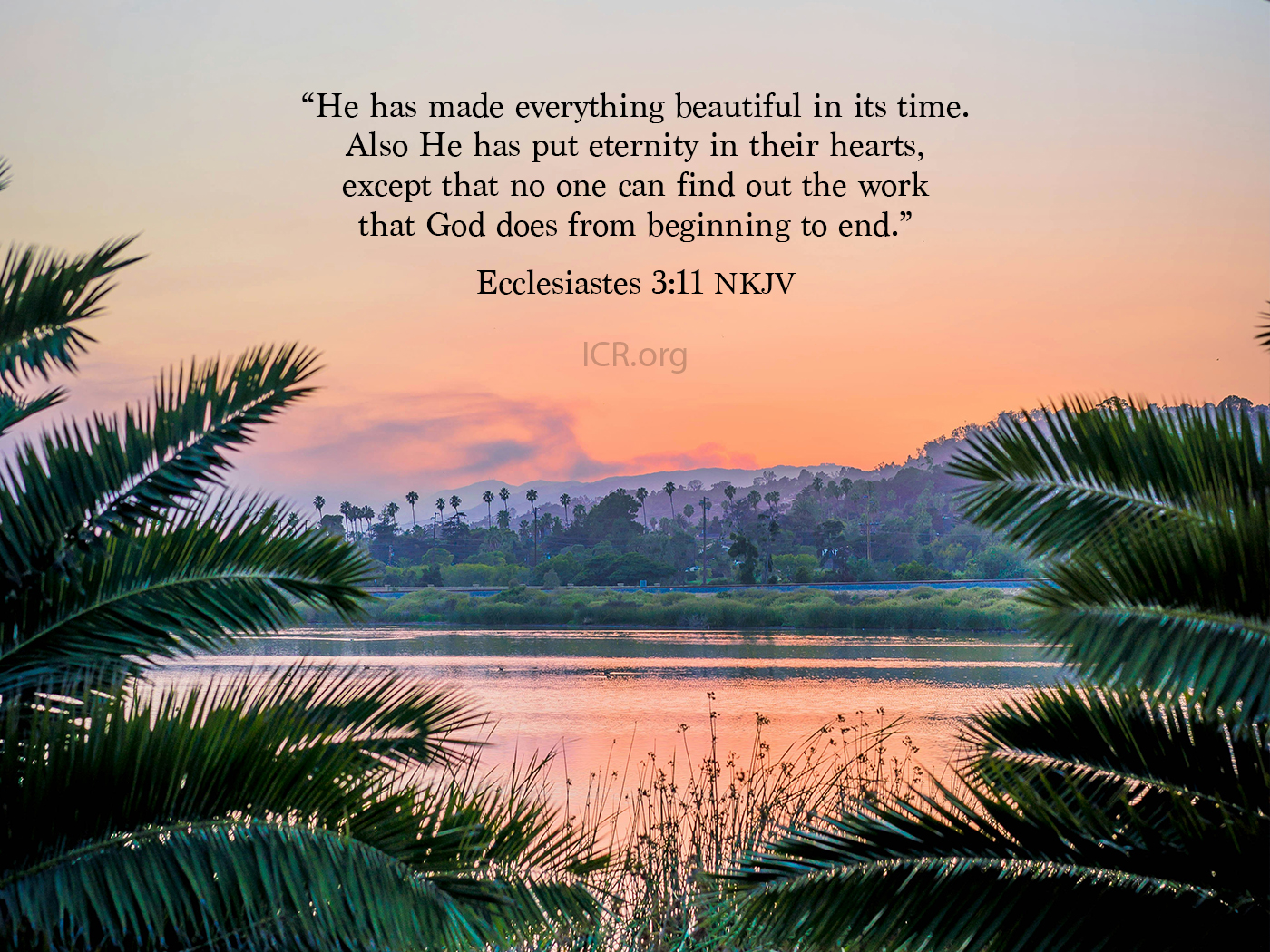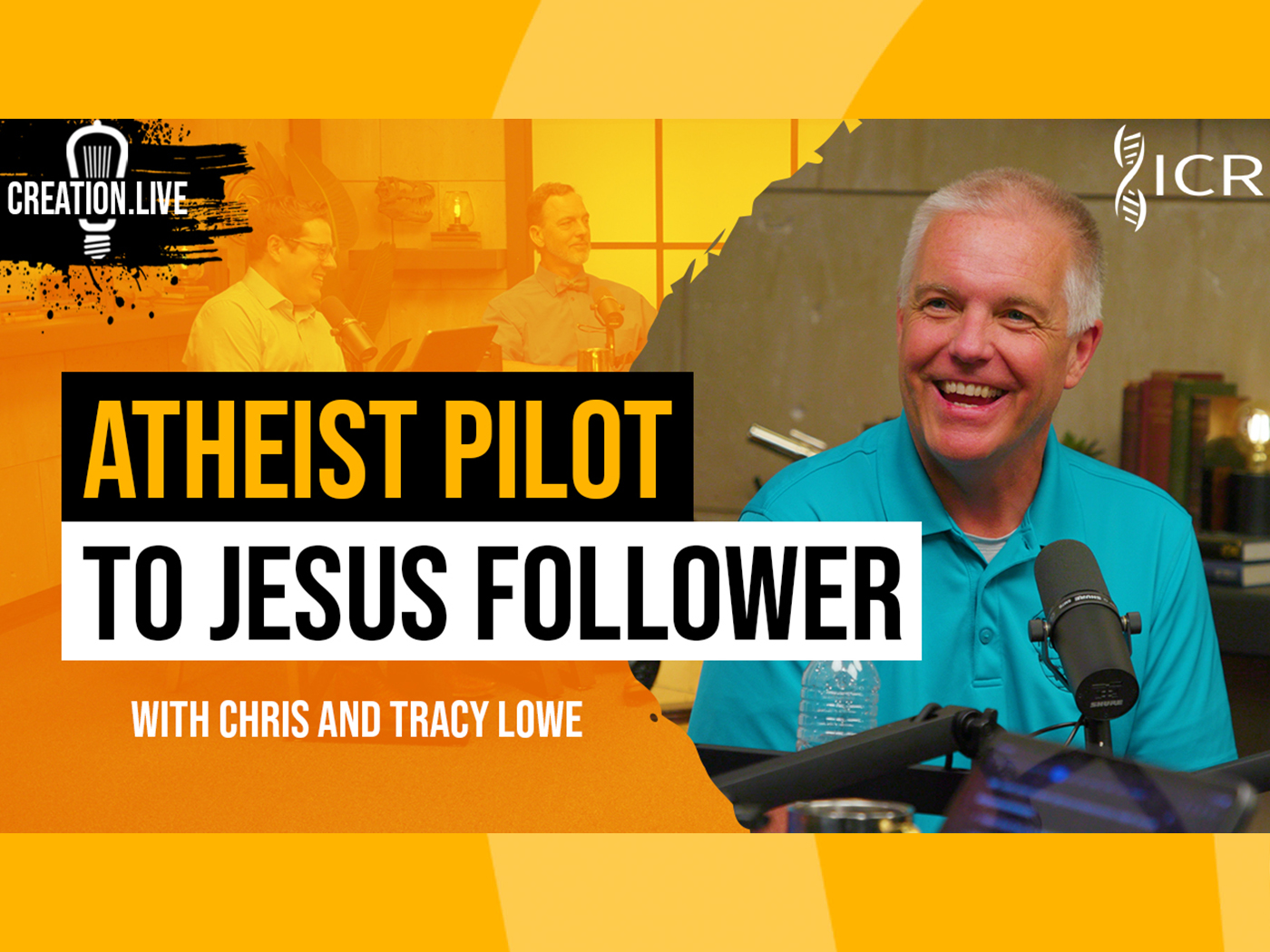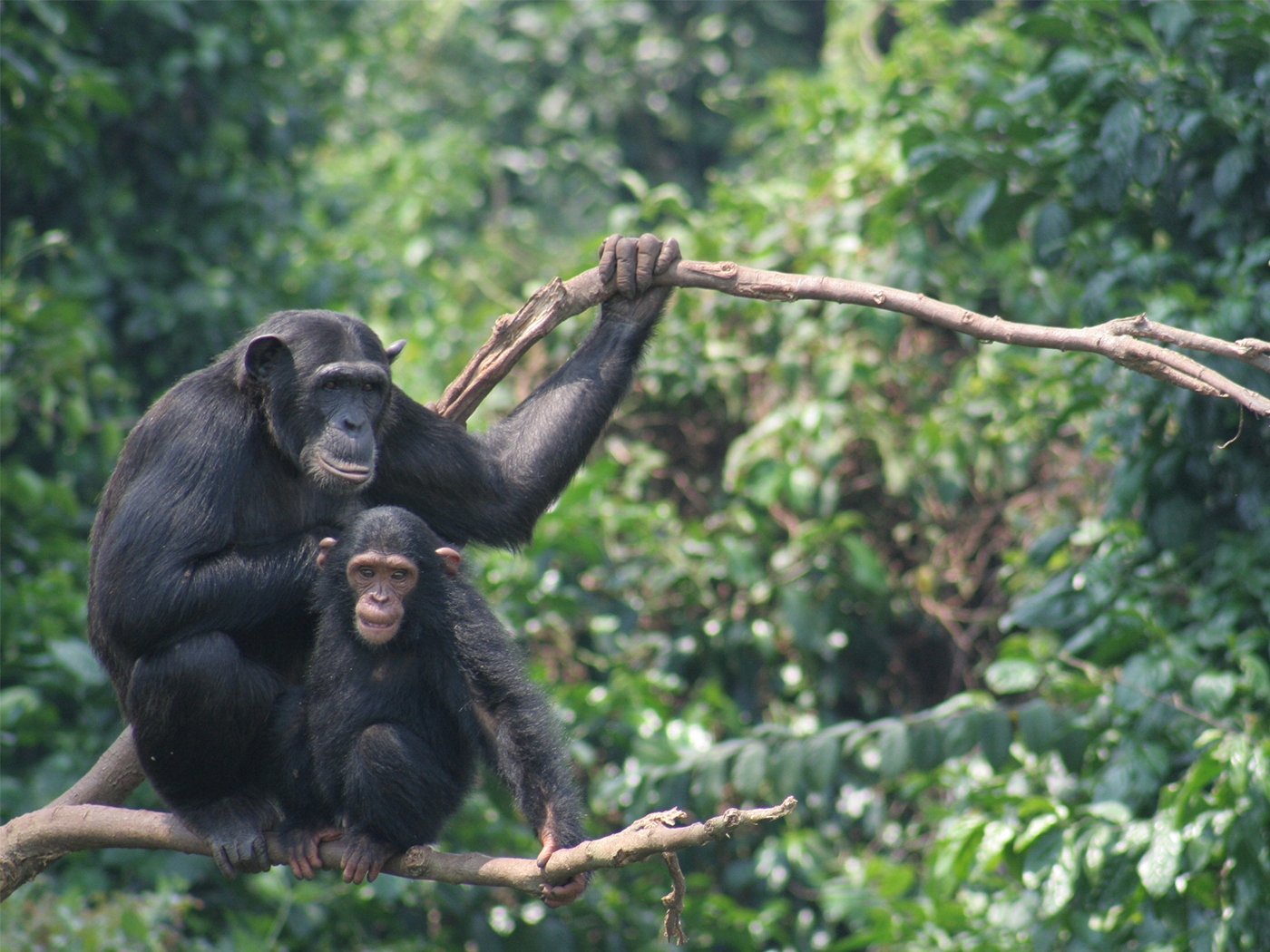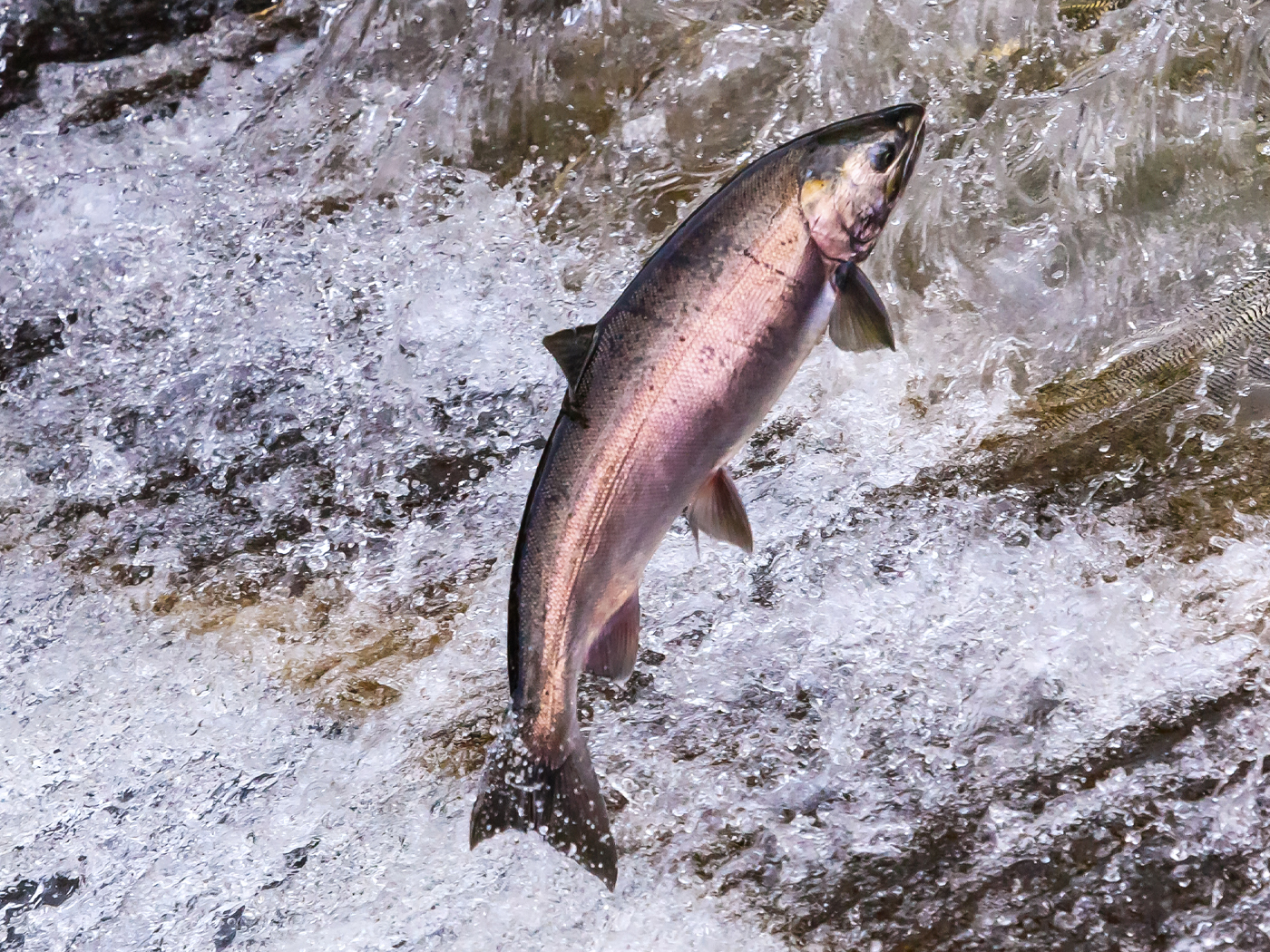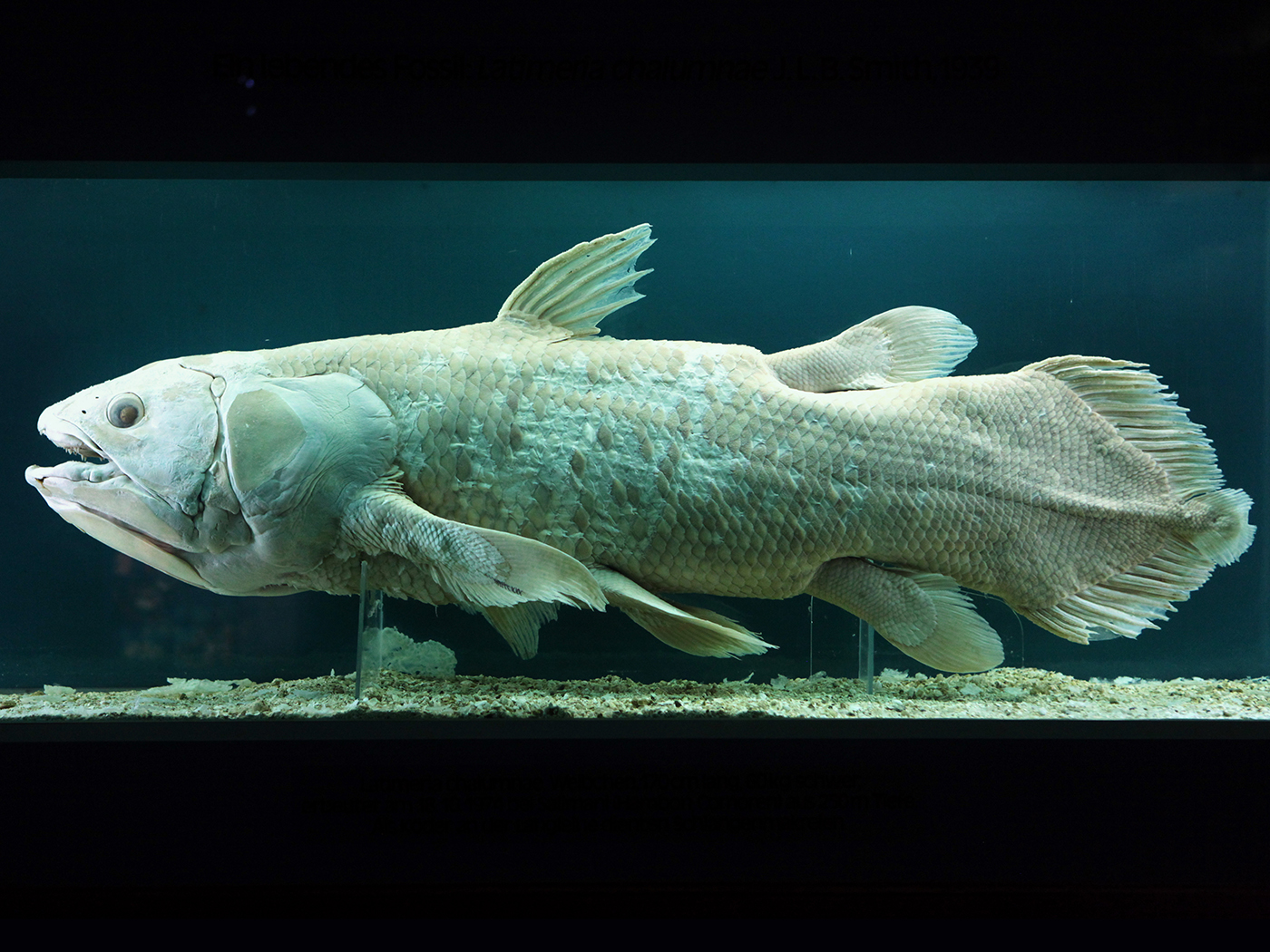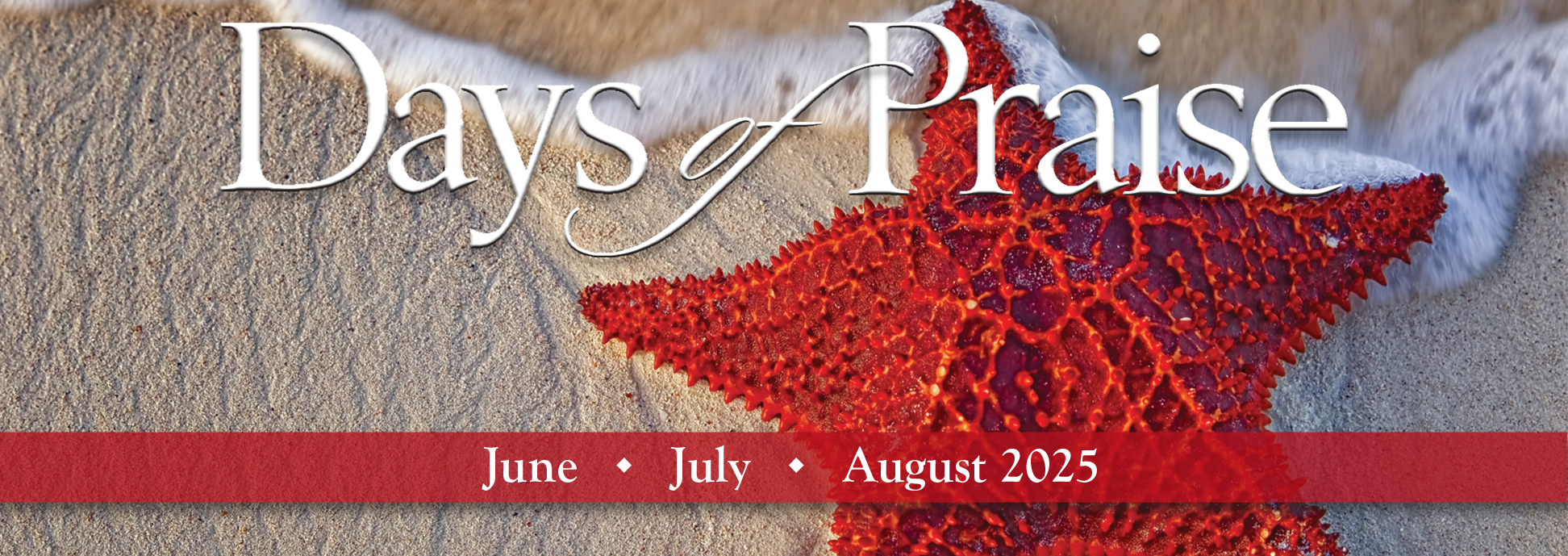The jawbone of a very small camel was unearthed in Syria in August 2008. According to Heba al-Sakhel, head of the Syrian National Museum, it is the oldest fossil camel on record, clocking in at one million years.1 Last year, the same team of Syrian and Swiss researchers also discovered a giant camel that would have stood at about 12 feet tall, but it was “only” 100,000 years old.
The basis for the ages assigned to these remains is not given, but like those who are famous for being famous, it is most likely based on a sheer presumption—in this case, that the long ages required by evolutionary theory have some basis in reality. With the assumed ages of these camel fossils, the researchers suggest that, taken together, these finds “could offer important clues about the animal’s evolution.”1
There certainly are important clues to note. First, the supposed one-million-year-old jawbone fossil belongs to what was definitely a small camel. Then, the larger fossil, dated 900,000 years later, is also undeniably a camel. Strangely enough, it had not evolved into a non-camel creature. Nor is this example of biological “stasis” unique. Rather, living “kinds” stubbornly remain the same, despite the evolutionary prediction that over time they should be morphing into different kinds altogether. These camels are exactly what we should observe if “God made the beast of the earth after his kind.”2
A second clue comes in the observation that today’s camels are apparently more uniform in size than some of their past kin. Camels evidently no longer have the extra-small or extra-large options in their genetic menus. This represents a loss of genetic information, and losing information is what we should observe if “the whole creation groaneth and travaileth in pain together until now.”3 This “small” discovery, therefore, isn’t another clue to camel evolution, but rather a clue to camel creation and to the veracity of the biblical account.
References
- Million-year-old camel bone unearthed in Syria. Associated Press., Posted on FoxNews.com September 14, 2008, accessed September 25, 2008.
- Genesis 1:25.
- Romans 8:22.
* Mr. Thomas is Science Writer.
Article posted on October 2, 2008.




